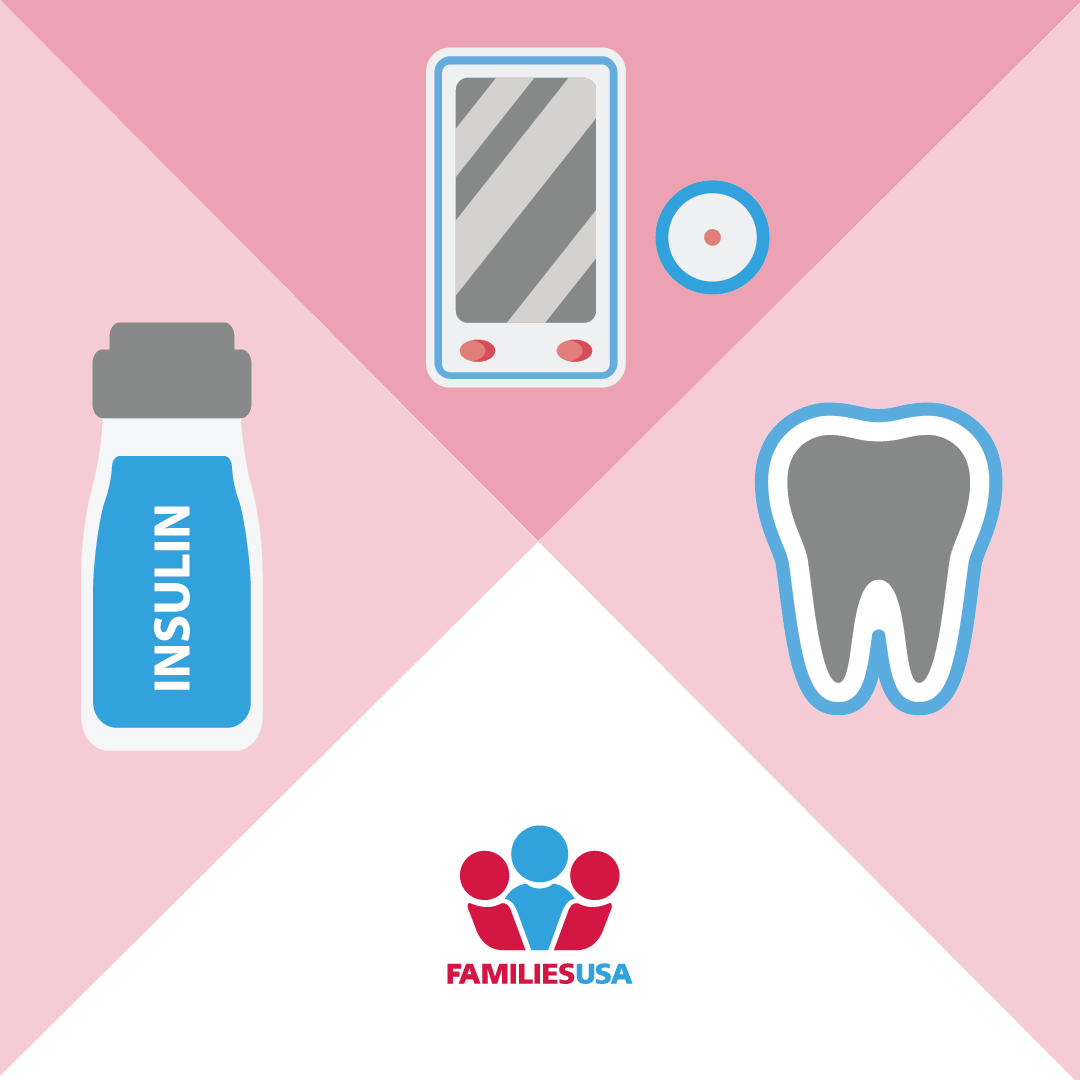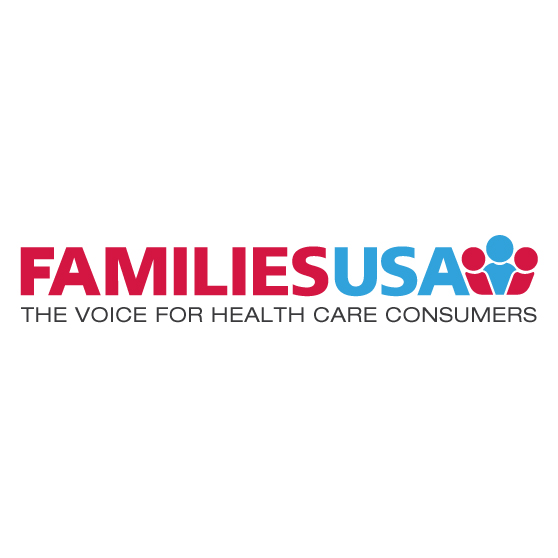
Tackling High Health Care Costs for Millions: The IRA’s Promising Path Forward
By Evelin Ortiz-Muñoz, Bailey Reavis, Lauren Rubenstein,
08.15.2024
The Inflation Reduction Act (IRA) was signed into law in 2022, laying the foundation for a new pathway to affordable and accessible health care by addressing both the symptoms and root causes of high costs of care. This is more critical than ever as over 100 million people in the U.S. struggle with medical debt, and one third of Americans indicate that the cost of medical services interferes with their ability to secure basic needs like buying groceries and paying rent.
Two years in and the IRA is already providing clear and tangible results that are lifting up families by:
- Making prescription drugs more affordable for people on Medicare through drug pricing negotiation, capping out-of-pocket costs and providing recommended vaccines for free.
- Extending critical health insurance subsidies that have spurred record numbers of enrollment.
- Addressing social drivers of health (SDOH), such as pollution and climate change, that disproportionately harm marginalized communities.
Breaking Down the Benefits
1. Improving access to affordable prescription drugs
The IRA works to tackle high and rising drug costs by allowing the federal government to negotiate directly with drug companies for a fairer price on some of the most expensive medications in Medicare. The Medicare Drug Price Negotiation Program — which is currently finalizing a negotiated price for the first ten drugs that used to treat common conditions like diabetes, Crohn’s disease, arthritis, blood clots and more — will create billions in savings for Medicare and ensure lower costs at the pharmacy counter when new prices take effect in 2026.
In addition to lowering the cost of some drugs, Medicare now has the power to take action against companies that are hurting patients by setting irrationally high prices. In 2023, the IRA saved older adults as much as $618 per average dose on 47 different prescription drugs due to the law’s requirement that drug companies pay rebates on certain drugs if prices outpace the rate of inflation.
Medicare is reinvesting these savings to ensure that the millions of older adults and people with disabilities that rely on Medicare will not pay more than $35 for insulin a month, and starting in 2025, won’t pay more than $2,000 in out-of-pocket costs annually. The IRA has also ensured that additional recommended vaccines are now free — saving at least $70 per person in vaccine costs.
For many people, quality of life is determined by their ability to pay for medications. High drug costs prevent families from easing their pain or protecting themselves against severe illness, which could mean missed family barbeques, grandchildren’s recitals and other moments that no amount of money can bring back. Thanks to the IRA, these families now have a greater opportunity to live their healthiest, happiest lives.
2. Ensuring access to affordable insurance
The IRA also extended the enhanced premium tax credits that almost 20 million people across the nation rely on to help pay for their health insurance coverage. These tax credits are a lifeline for those who would otherwise be unable to afford health coverage or to access health care at all. People with household incomes as low as $14,580 annually for an individual or $30,000 for a family of four currently benefit from these tax credits in the form of lower monthly premium costs — reducing the average monthly premium cost by $494 per month.
With 48% of privately insured adults saying they worry about affording their monthly premiums, this relief is crucial to advancing health equity and closing the coverage gap. The impact of these tax credits are especially prominent among the Black, Latinx and low-income communities that have historically experienced higher uninsured rates. Thanks in part to additional support from affordability subsidies, marketplace enrollment for Black and Latino people grew more than 80% since 2021.
It is important to note that these tax credits are currently set to expire at the end of 2025, at which time researchers estimate that insurance premiums could double in cost. Congress needs to act quickly to make these enhanced tax credits permanent to protect millions of people and families from seeing their health care costs skyrocket.
3. Addressing key social drivers of health
The impact of the IRA is not limited to just health insurance and medications — after all health is determined by many factors outside of medical care. Key among these are environmental factors such as climate change and air pollution, which disproportionately harm marginalized communities that are already subject to poor economic and housing conditions.
To address these challenges, the IRA makes investments in areas experiencing disproportionate energy burdens and pollution exposure. This includes the Greenhouse Gas Reduction Fund that invests $15 billion in residential development and clean energy alternatives for low-income communities. The IRA’s climate change reforms also set aside $50 million for schools to identify potential pollution hazards and obtain emission reduction technologies.
Research has long shown that adverse environmental conditions can significantly impact a person’s health. The climate change reforms put in place by the IRA further promote that we can address health and health care by looking beyond our health care system.
Our Voices Matter, and There is Still Work to Do
The policies put in place by the IRA are already working to lower health care costs for families across the country, however there is still a long fight ahead to ensure that every person in America has access to high-quality, affordable health care and improved health.
Now more than ever, it is critical we mobilize and rally together to support the drug price negotiation program and the release of reduced prices, especially in light of the nine ongoing lawsuits filed by big drug companies who are attempting to undermine and dismantle these negotiations. Further, many of the drug price reforms in Medicare can be used as models toward expanding health care access and affordability in the private insurance market, allowing more people to benefit from lower drug costs and putting additional pressure on big drug companies to rein in high and irrational prices.
We must also continue to drive momentum to maintain the record marketplace enrollment levels that enhanced premium tax credits have yielded. If we continue to champion these policies advanced by the IRA, more affordable health care and better health outcomes are sure to follow.
To support these efforts, contact your representative and urge them to make these enhanced tax credits permanent.
For more resources on prescription drug pricing and negotiations, visit Pay Less for Rx.




